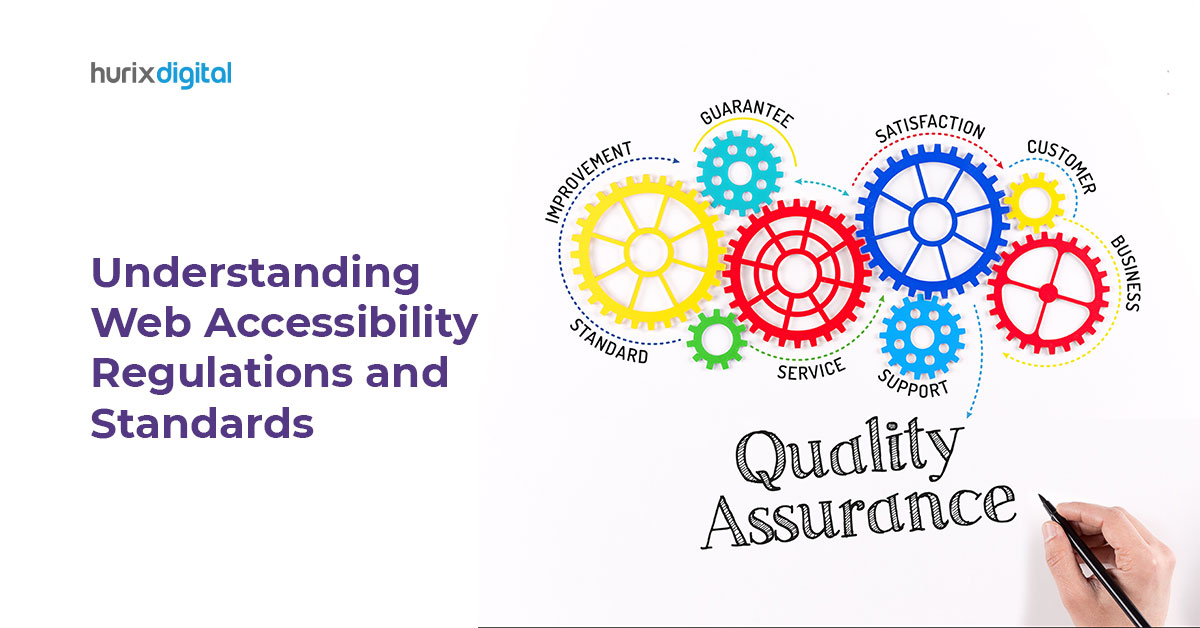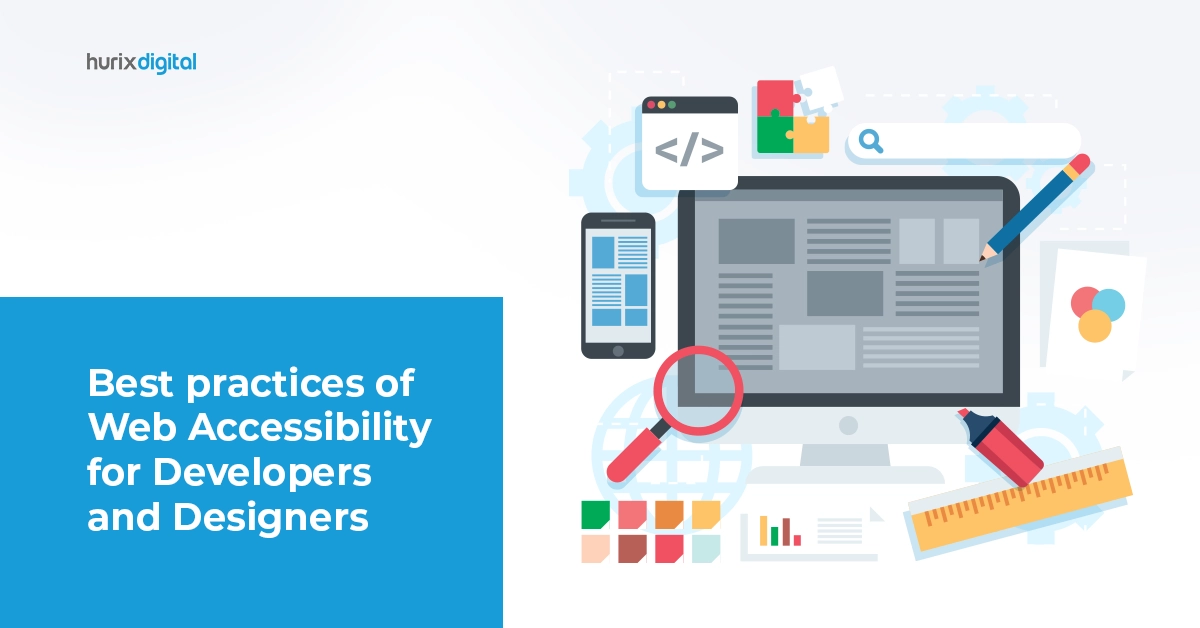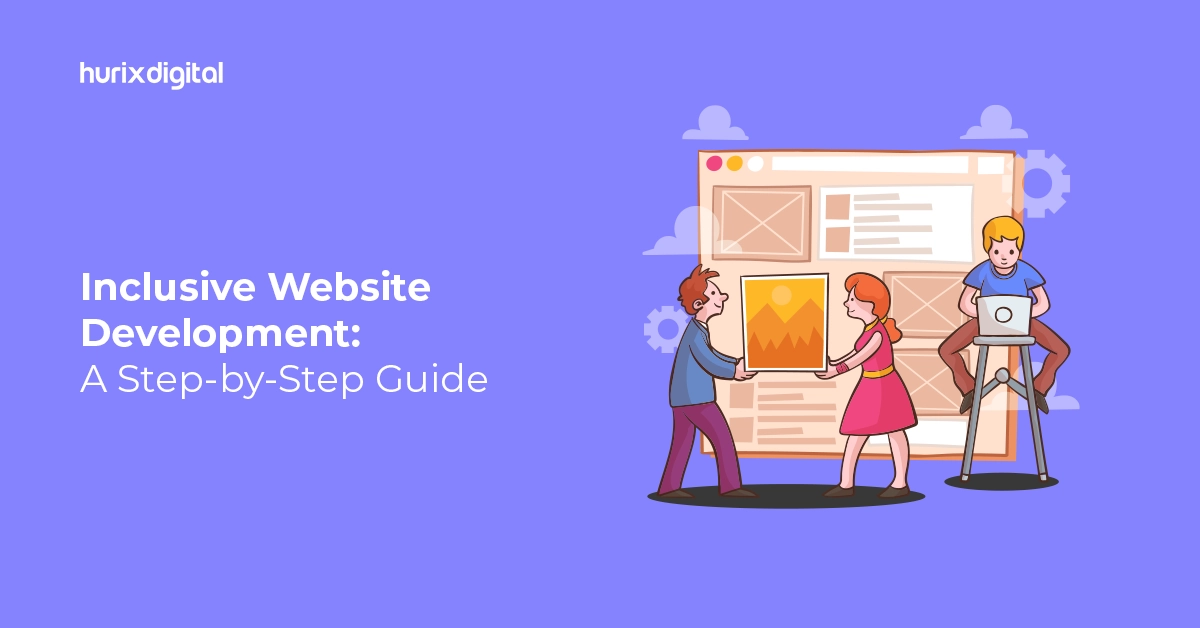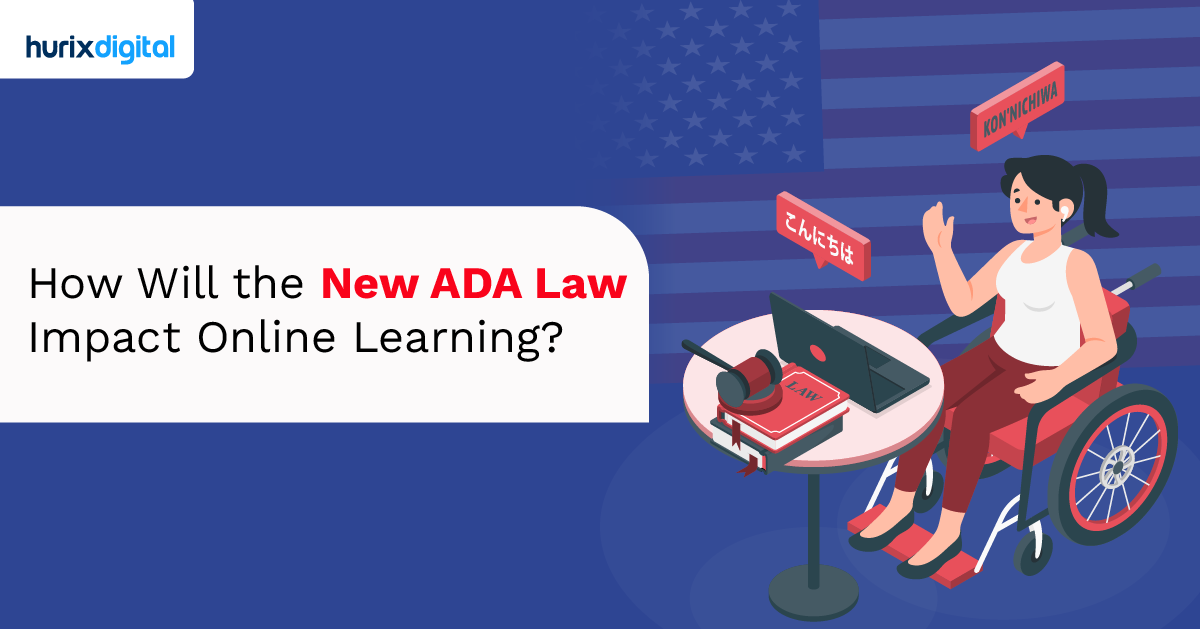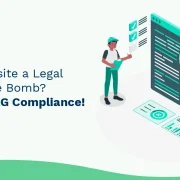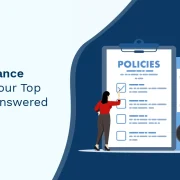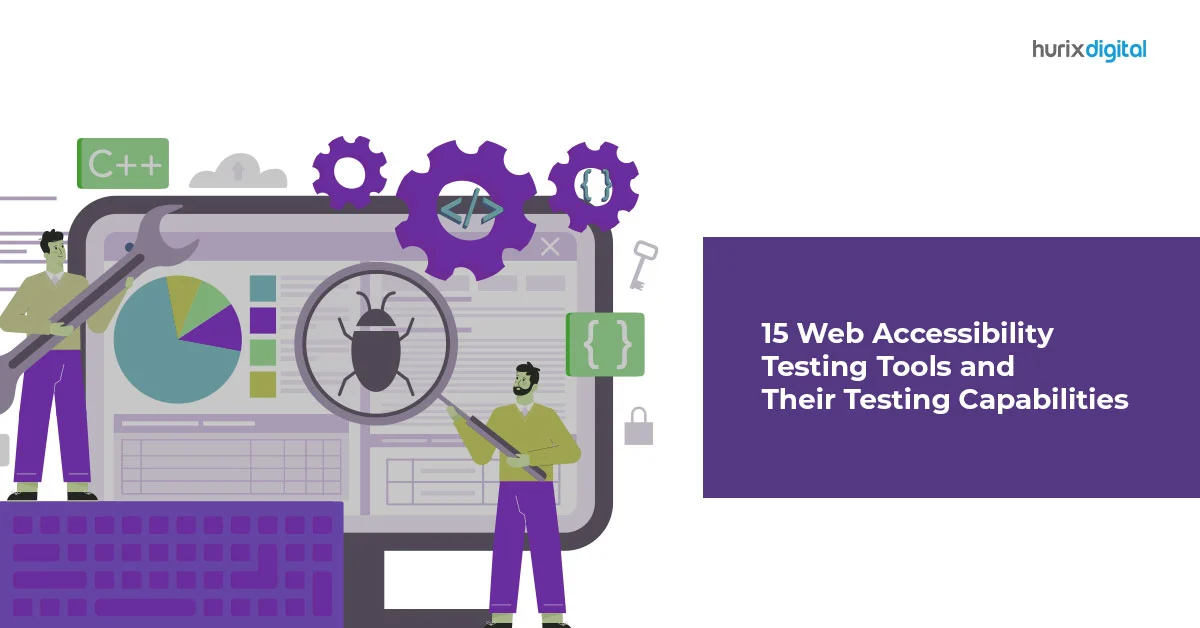
15 Web Accessibility Testing Tools and Their Testing Capabilities
Today’s internet has grown magnanimously, bringing together information of all types on a singular platform. It allows users to access information quickly, making our lives extremely simple. However, despite the great strides that we have made, web accessibility still remains a big question. This is where web accessibility testing tools become essential, helping developers and organizations identify and fix barriers that prevent inclusive digital experiences.
Web accessibility means that all websites, tools, applications, and interfaces have to be designed to make them accessible to users of all types, including those with physical disabilities such as hearing issues, visual impairments, cognitive or motor impairments, or others.
However, despite the advanced technology and accessibility testing tools available today, WebAIM’s testing found that:
- Home page complexity has increased by over 34% in the last 4 years, with 4.8% of all home pages detecting some disability error.
- Users with disabilities can encounter disability errors on every 1 in 21 home pages
Table of Contents:
As per new guidelines initiated by governing bodies across the globe, providing equal access to technology is critical for businesses. In addition, federal laws and guidelines, such as Section 508, ADA, WCAG, and others, make it imperative for any website or company to ensure web accessibility to people with disabilities.
This blog will discuss 15 web accessibility testing tools and some WCAG testing features that can help you identify and fix accessibility issues. These tools cover comprehensive testing capabilities, including web accessibility, keyboard navigation, color contrast, alternative text for images, audio capabilities, and more.
So, let’s dive in.
Top 15 Web Accessibility Testing Tools You Need to Know
With the increasing importance of web accessibility today, it is crucial for website owners and developers to use practical testing tools and web accessibility checkers to identify and fix accessibility issues.
Remember, accessibility matters, so here are 15 accessibility testing tools that can be invaluable in enhancing the app or your website.
1. WAVE
WAVE is a popular web accessibility testing tool developed by WebAIm and Utah State University. It can help you run WCAG testing and other accessibility testing for any webpage. You have to enter the webpage address and get the results, also offered as an extension for Chrome and Firefox.
2. A11y Color Contrast Accessibility Validator
A11y Color Contrast Accessibility Validator is a free tool that focuses specifically on color contrast accessibility, which is a crucial aspect of web accessibility. It helps developers ensure that text and other visual elements on their websites have sufficient contrast to be easily readable for users with visual impairments.
3. ACTF aDesigner
ACTF aDesigner is a free disability simulator that provides a simulation of how web pages would be rendered for users with visual impairments. It also helps developers understand the visual experience of users with different visual abilities and test voice browsers, screen readers, and other visual elements.
4. CSS and HTML Validator
CSS and HTML Validator is a tool that tests the website for technical capabilities such as HTML, HTML5, CSS, Accessibility, SEO, Link Checker, and more. This tool allows web developers, agencies, and owners to test their websites for technical capabilities.
5. Siteimprove
Siteimprove is a comprehensive web accessibility testing tool that allows you to track and identify multiple issues with performance and accessibility. It scans websites for accessibility issues and provides detailed reports with prioritized recommendations for fixing them.
Also Read: Accessibility Testing: All You Need to Know About Accessibility Testing
6. ComplianceSheriff
ComplianceSheriff is an end-to-end web accessibility and compliance standard management solution that makes sure you comply with regulations as per EU, US, Canada, and other jurisdictions.
In addition, it provides comprehensive testing capabilities and allows developers to create custom rulesets for their websites to ensure compliance with WCAG and other accessibility standards.
7. HTML_CodeSniffer
HTML_CodeSniffer is an open-source web accessibility testing tool that can be integrated into a web browser or used as a standalone tool.
It scans web pages for accessibility issues and provides detailed reports with recommendations for fixing accessibility problems. It supports multiple accessibility standards, including WCAG and Section 508.
8. Tota11y
Tota11y is an accessibility testing and visualization toolkit developed in partnership with Khan Academy. It is designed to be used by even users with no technical background. It helps identify and fix issues like visual overlay, images with alt text, labels, and insufficient color contrast.
9. Tenon
Tenon is a cloud-based, API-first accessibility testing tool that offers automated testing and reporting for accessibility issues. In addition, it provides detailed reports with prioritized recommendations for fixing accessibility problems, making it a valuable tool for developers to ensure their websites meet accessibility standards.
10. Level Access
Level Access is an integrated Digital Accessibility platform ideal for developers and designers to test user experience from ADA to WCAG regulations.
It is designed by a team with subject matter expertise in this domain for 25+ years. It can test apps, websites, and digital products like augmented reality, met averse, gaming, and others for accessibility issues.
11. IBM Dynamic Assessment Plugin
IBM’s Dynamic Assessment Plugin is a Chrome extension that can scan websites and applications for accessibility issues – including violations and potential violations, or recommend manual checks.
This is perfect for businesses with multiple websites or apps, as well as web developers and agencies, to make sure that they are adhering to the best practices in web accessibility.
12. forApp
forApp is an online service that tests websites and apps for multiple accessibility regulations and provides results that can be downloaded in PDF format to be shared with your teams.
13. SortSite Desktop
SortSite Desktop is an accessibility tool that federal agencies and Fortune 100 companies use to analyze websites for compatibility guidelines and standards, including WCAG, Section 508, and others.
It helps prevent not just accessibility but also search engine issues which can help improve website traffic and help you increase your reach.
Also Read: What is Web Content Accessibility (WCAG) Audit?
14. Accessibility Checker by CK Source
Accessibility Checker by CK Editor is an accessibility evaluation tool that inspects websites created in CKEditor for accessibility issues. You can use it to identify and fix technical and accessibility issues quickly, and the tool continuously monitors your pages using the CKEditor dashboard.
15. UsableNet AQA
UsableNet AQA is a complete cloud-based accessibility management platform that can be used to test and identify multiple web pages for accessibility issues and end-to-end user flows. It also helps you preview how your site works with screen readers, ensuring it is accessible to users with audio and visual disabilities.
Conclusion
In summary, these tools are a great starting point to test your website or app for accessibility guidelines and ensure your content can reach more people.
It is estimated that 1 in 5 people have some disability, and by making sure that your website accessibility testing scores are optimal, you can gain several business benefits.
These include improvements to your SEO, website performance, and other parameters, expanding your audience to cater to those with disabilities, creating a stronger brand image, and future-proofing your website or app for future regulatory changes.
If you plan on improving your website’s overall accessibility, these accessibility testing tools will help immensely. However, it takes proper guidance into the technicalities and accessibility experience to use them effectively.
Hence, we also recommend approaching an accessibility consultant or accessibility company like Hurix Digital to get help with every stage of the process. Together, we can positively impact and contribute to a more inclusive digital world.
Contact us now!

Vice President – Content Transformation at HurixDigital, based in Chennai. With nearly 20 years in digital content, he leads large-scale transformation and accessibility initiatives. A frequent presenter (e.g., London Book Fair 2025), Gokulnath drives AI-powered publishing solutions and inclusive content strategies for global clients

